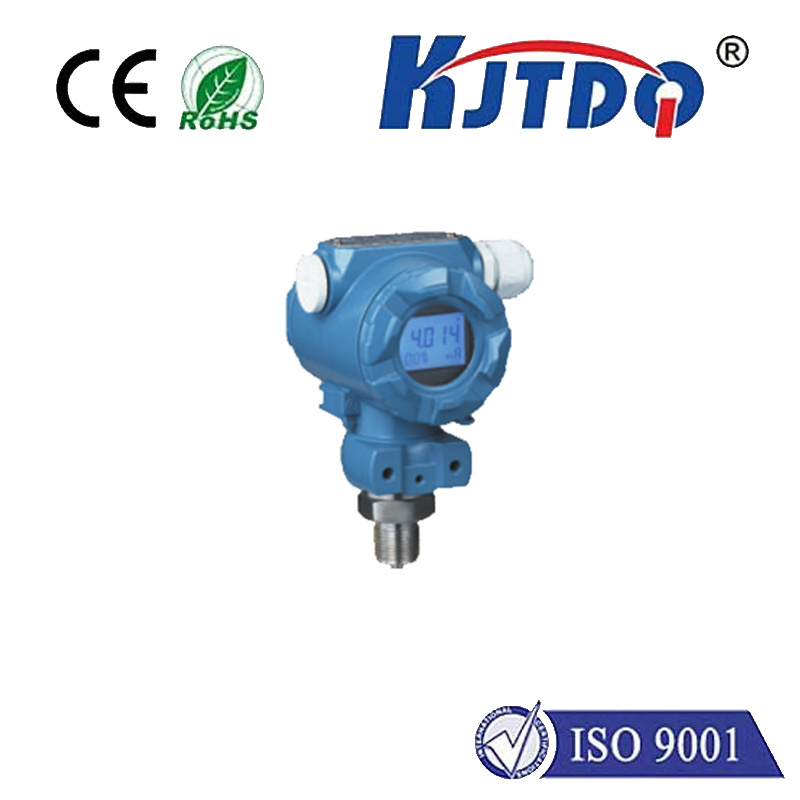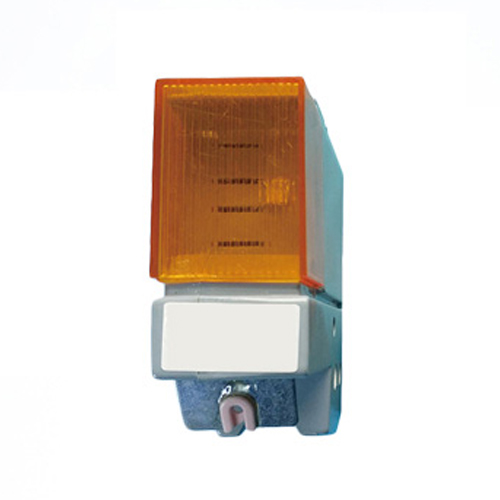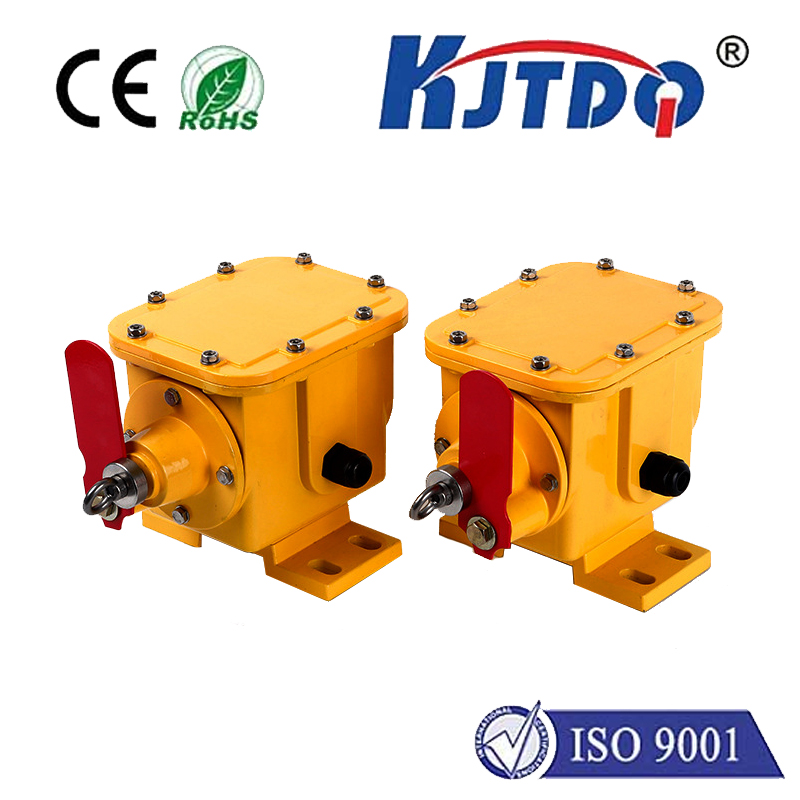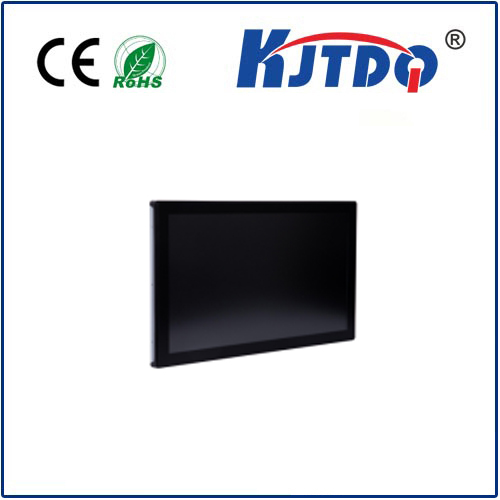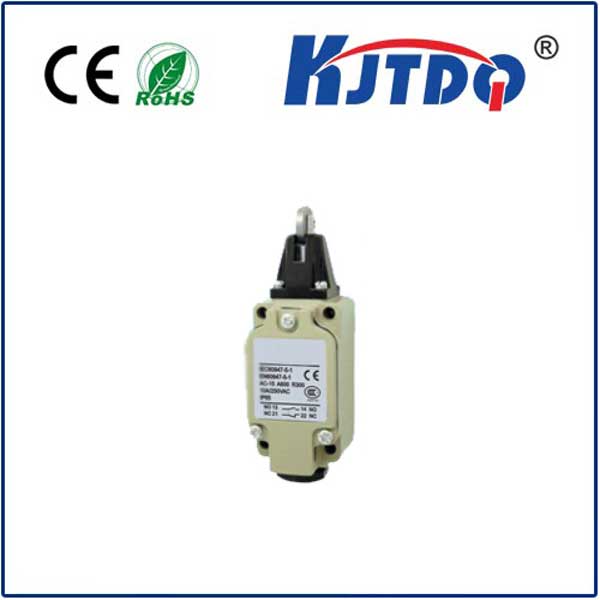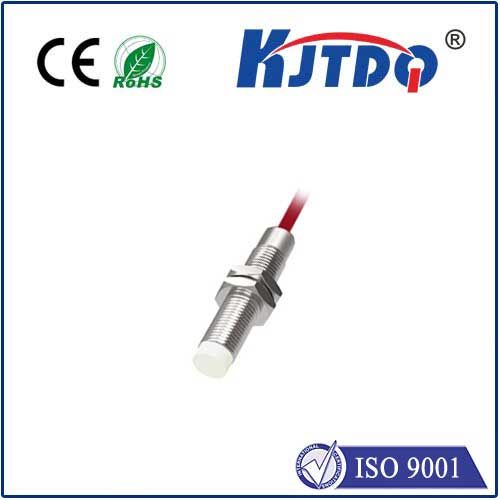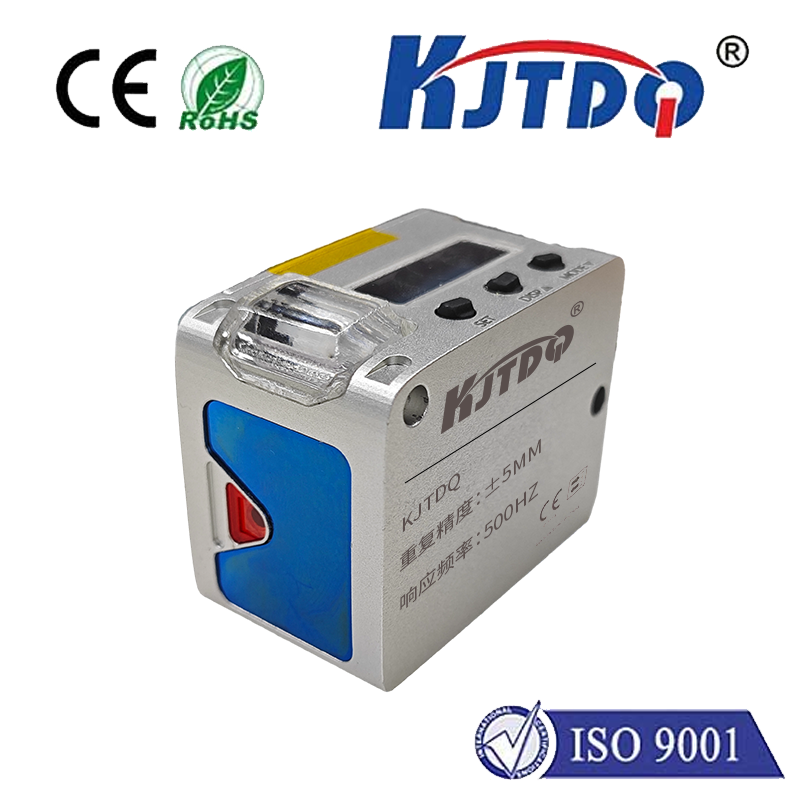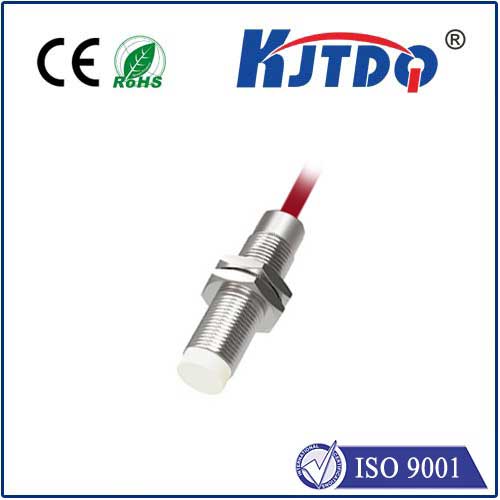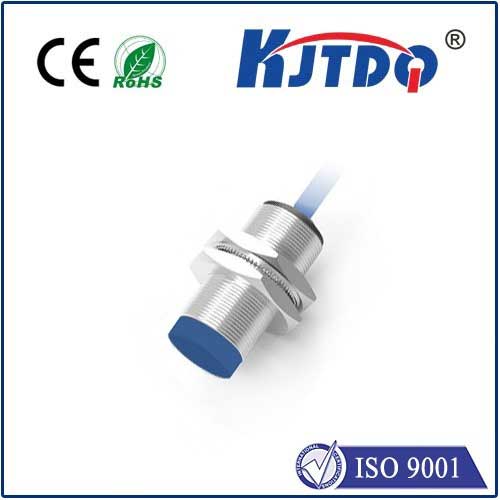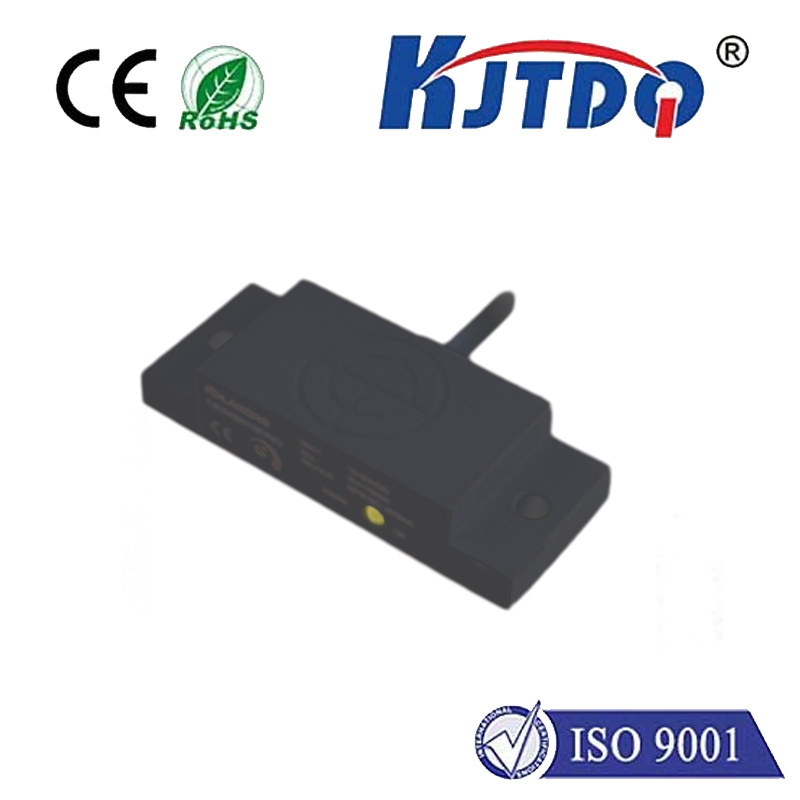Промышленные микропереключатели
- time:2025-07-31 03:06:37
- Нажмите:0
Industrial Micro Switches: Precision Control for Demanding Operations
In the intricate choreography of modern industry, where colossal machines perform complex tasks with unerring precision, a tiny, unassuming hero often plays a critical role. The Промышленные микропереключатели, a marvel of miniature engineering, is the silent sentinel ensuring safety, confirming positioning, and triggering vital actions within countless systems. Though small in stature, its impact on operational reliability, efficiency, and automation is immense. Understanding these robust components is key to appreciating the unseen mechanisms driving our industrial landscape.
What Exactly is an Industrial Micro Switch?
At its core, an industrial micro switch is a compact, fast-acting electrical switch specifically hardened and engineered for rigorous environments. Characterized by its snap-action mechanism, it features a spring-loaded actuator (the part physically pressed or moved) requiring minimal physical force to trigger a rapid, definitive change in electrical state (from open to closed circuit, or vice versa). This swift, clean switching action, known for its distinct audible ‘click’, minimizes electrical arcing and ensures reliable contact-making and breaking. Unlike standard switches, their design emphasizes high durability, long lifespan (often rated for millions of cycles), and resilience against environmental hazards like dust, moisture, vibration, and temperature extremes. Their core function is precision sensing and control – detecting the presence, absence, position, or movement of objects within a machine or system.
Anatomy of Precision: Key Components

Understanding the inner workings reveals why these switches are so dependable:
- Actuator: This is the interface with the external world. Industrial variants come in diverse forms designed for specific applications:
- Plunger: A straight-line push button ideal for direct, precise actuation.
- Roller Lever: Features a small wheel reducing friction, perfect for sliding or cam-operated mechanisms.
- Hinge Lever: A pivoting arm excellent for over-travel and various angles of approach.
- Simulated Roller Lever: A more compact, robust alternative to the roller lever.
- Pin Plunger: An ultra-small plunger for confined spaces.
- Wobble Stick: Activates from any lateral direction.
- Adjustable Lever: Allows fine-tuning of actuation point or force.
Contacts: The heart of the switching action. Made from durable, arc-resistant materials like silver alloys, they open and close the electrical circuit. SPDT (Single Pole, Double Throw) is the most common configuration, providing Normally Open (NO), Normally Closed (NC), and common terminals for flexible circuit design. Contacts are designed for low electrical resistance and high current-carrying capacity relative to their size.
Spring Mechanism: Provides the critical snap-action, ensuring rapid and positive contact transition with minimal dependence on the actuator speed, preventing contact hesitation or welding.
Enclosure: The robust outer shell, typically constructed from heavy-duty thermoplastics or metal alloys (stainless steel or brass). This housing provides crucial environmental protection, often rated to IP67 (dust-tight and protected against temporary immersion) or higher, shielding the sensitive internal components. Electrical insulation and resistance to oils, chemicals, and UV radiation are also key features.
Common Industrial Micro Switch Actuator Types:
| Actuor Type |
Description |
Best Suited For |
| Plunger |
Straight-line push button |
Direct, precise actuation |
| Roller Lever |
Lever with small wheel to reduce friction |
Sliding or cam-operated mechanisms |
| Hinge Lever |
Pivoting arm |
Applications requiring over-travel, various angles |
| Pin Plunger |
Ultra-small plunger |
Confined spaces |
| Wobble Stick |
Activates from any lateral direction |
Omnidirectional actuation needs |
| Adjustable Lever |
Lever allows fine-tuning of actuation point/force |
Precision setting requirements |
Where Reliable Sensing is Non-Negotiable: Key Applications
The versatility and ruggedness of industrial micro switches make them ubiquitous across sectors:
- Industrial Machinery & Automation: Used extensively as limit switches to detect the end positions of moving parts (e.g., robotic arms, CNC machine slides, conveyor belt stops), door interlocks for safety cabinets and guards, position sensors on valves and actuators, and part presence detection in assembly lines. Their reliability prevents collisions and ensures sequences proceed correctly.
- Automotive & Transportation: Found in door latch mechanisms (confirming a door is closed), power window controls (detecting obstructions or end positions), gearbox selectors, brake light switches, seatbelt sensors, and within various sensors under the hood. They withstand the harsh vibrations and temperature swings.
- Medical Equipment: Employed in devices like hospital beds (position feedback), diagnostic instruments (lid closures, sample positioning), and sterilizers due to their precision and cleanliness (many have sealed housings). Reliability is paramount for patient safety.
- HVAC Systems: Detect damper positions, filter status (clogged filters), and safety cut-offs in furnaces and boilers, often operating in dusty or humid environments.
- White Goods & Consumer Electronics: Used in washing machine door locks, refrigerator door lights, vending machine coin mechanisms, and control panels where confirmation of user input or component position is needed. Industrial-grade versions ensure longevity in consumer products.
- Safety Systems: Integral components in emergency stop (E-stop) circuits, safety gates, and guards, providing a fail-safe signal to halt machinery if accessed improperly. Their positive operation is critical for life-saving functions.
Why Industrial Micro Switches Rule the Shop Floor: Core Advantages
Their dominance in demanding settings stems from several key strengths:
- Unmatched Durability & Longevity: Engineered for rigorous use, industrial micro switches boast lifespans often exceeding 10 million cycles or more. They shrug off repeated mechanical stress, impact, and vibration that would destroy lesser switches.
- Precise & Reliable Operation: The snap-action mechanism guarantees a sharp, unambiguous transition between electrical states, eliminating false signals or ambiguous readings. This repeatable accuracy is fundamental for automated processes.
- Compact Form Factor: Their small size allows integration into tight spaces within complex machinery and devices where space is at a premium.
- Environmental Resilience: Robust housings and sealing provide superior protection against the dirt, dust, moisture, oils, chemicals, and wide temperature ranges (-40°C to +85°C or beyond) commonly found in factories, vehicles, and outdoor equipment.
- Electrical Versatility: Available in various contact configurations (SPST, SPDT, DPDT) and capable of handling a range of currents and voltages (low-power signal level up to substantial inductive loads like motors/solenoids), making them adaptable to diverse circuit needs.
- Audible & Tactile Feedback: The distinct “click” provides valuable audible confirmation of actuation, while the actuator offers positive tactile feedback to operators or the machine itself.
- Customization Options: Manufacturers often offer variants with specific actuator types, lever lengths, force requirements, terminal arrangements, and sealing

